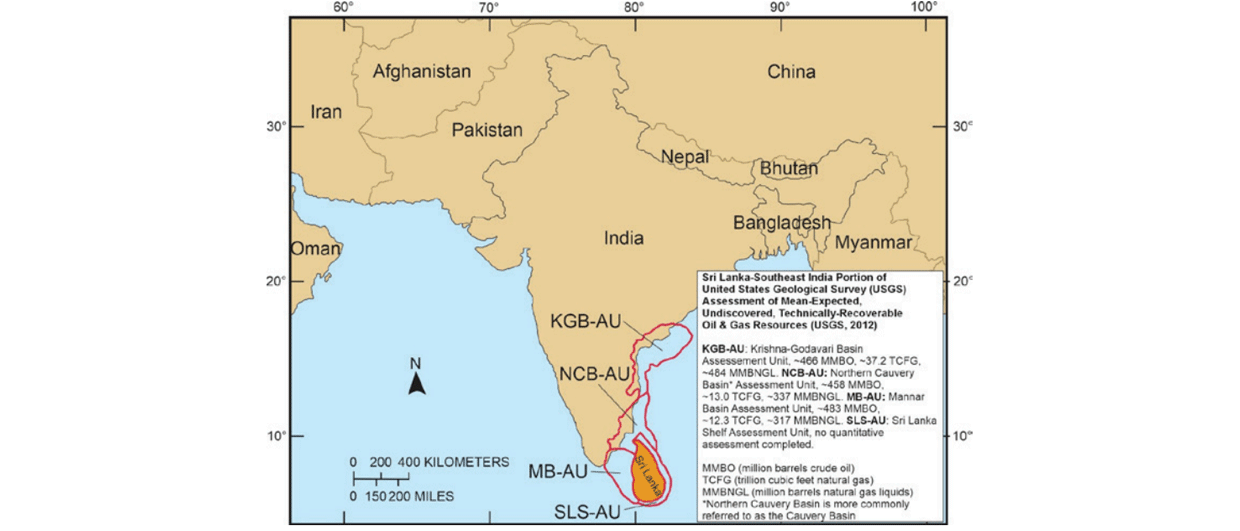The last three years’ technical exploration success rate in the eastern European Pannonian Basin ranges between 83 and 94%, while the commercial oil and gas success rate is at least 50% and will probably approach the technical success rate.
The last three years’ technical success rate in the eastern European Pannonian Basin ranges between 83 and 94%, while the commercial success rate is at least 50% and will probably approach the technical success rate.
Discoveries in the eastern European Pannonian Basin. Source: NVentures.
Reported flow rates are in the range 1.4–17.2 MMcfgpd; typical individual pool size is modest at 20 Bcf, but wells target stacked reservoirs, so success, once established, is repeatable. Reservoir depths average 2,200m and drilling costs are low. Existing gas infrastructure and manageable permitting and legislative environments lead to quickconnect commercialization. Work program commitments are moderate.
Key to this success is a simple application of modern techniques, in particular 3D seismic hunting for DHI’s, across a multiplicity of reservoir targets in a structured basin where the risk on hydrocarbon source and migration is low. In 2006 the US Geological Survey estimated a mean Yet-To-Find of 1.1 Bboe for the basin, with an upside of 2.2 Bboe.
Why then is the Pannonian Basin not a key destination for more players?
Play Elements in the Eastern European Pannonian Basin
The primary petroleum system can be seen as a classic back arc: the broad Pannonian Basin is the post-rift result of a series of discrete back arc Middle Miocene syn-rift basins developing on the north-easterly directed Alpine thrust belt.The pre-rift contains a secondary petroleum system.
Syn-rift sequences occur in restricted basins containing source rock candidates mature for oil at depths as little as 2,000m due to the high heat flows from the thinned rifted crust, with maximum depths of burial into the wet gas window. A biogenic gas source is recognized in the post-rift Pliocene.
Carbonate and marine to fluvial sandstone reservoirs occur in both the syn- and post-rift. At least 18 different reservoirs are recognized in Hungary in the Badenian, Sarmatian and Pannonian stages (Middle Miocene to Pliocene). For example, the Algyo field in Hungary has produced >600 MMboe from 34 separate reservoirs, with average pay thickness of 9m per sand reservoir, porosities of 17–25% and permeabilities up to 0.5D. The combined stratigraphic and structural trap extends over 80 km2. Deep tight and shale gas concepts are being tested.
Multiple structural trapping mechanisms result from rifting geometries and from post-rift alteration through inversion and strike-slip faulting. Stratigraphic traps result from continental, fluvio-deltaic and marine sandstone depositional geometries shed off footwall highs.
Licenses, Key Players and Political Issues in the Pannonian Basin
The Pannonian Basin stretches over Bosnia, Croatia, Slovenia, Austria, Hungary, Slovakia, Ukraine, Romania and Serbia. This multitude of jurisdictions may be perceived as a barrier for new entrants; however, most countries are either members of the EU or follow EU guidelines and overall there is contract integrity. Formal license rounds are a regularity, with Bosnia and Herzegovina and Romania announcing offerings in the Pannonian Basin in 2020, following Croatia’s success in 2019. Seismic and drilling permitting is thoroughly regulated: straightforward access demonstrates an ‘open for business’ atmosphere compared to Western Europe.
In addition to former state players such as MOL, INA, NAFTA and NIS, just four oil companies have operated exploration wells in the Pannonian Basin in the last three years: ADX, Aspect, Serinus and Vermilion, all of whom have had success, mostly finding gas. Vermilion have built a portfolio across Croatia – where they are the dominant acreage holder – Hungary and Slovakia, based on the recognition of underinvestment in the Pannonian Basin and the opportunity to apply modern technology at low cost. Vermilion have had five successes from six wells in 2019 and plan five wells in 2020.
Additional strategy is the redevelopment and extension of existing discoveries via 3D seismic and modern drilling and completion techniques.





